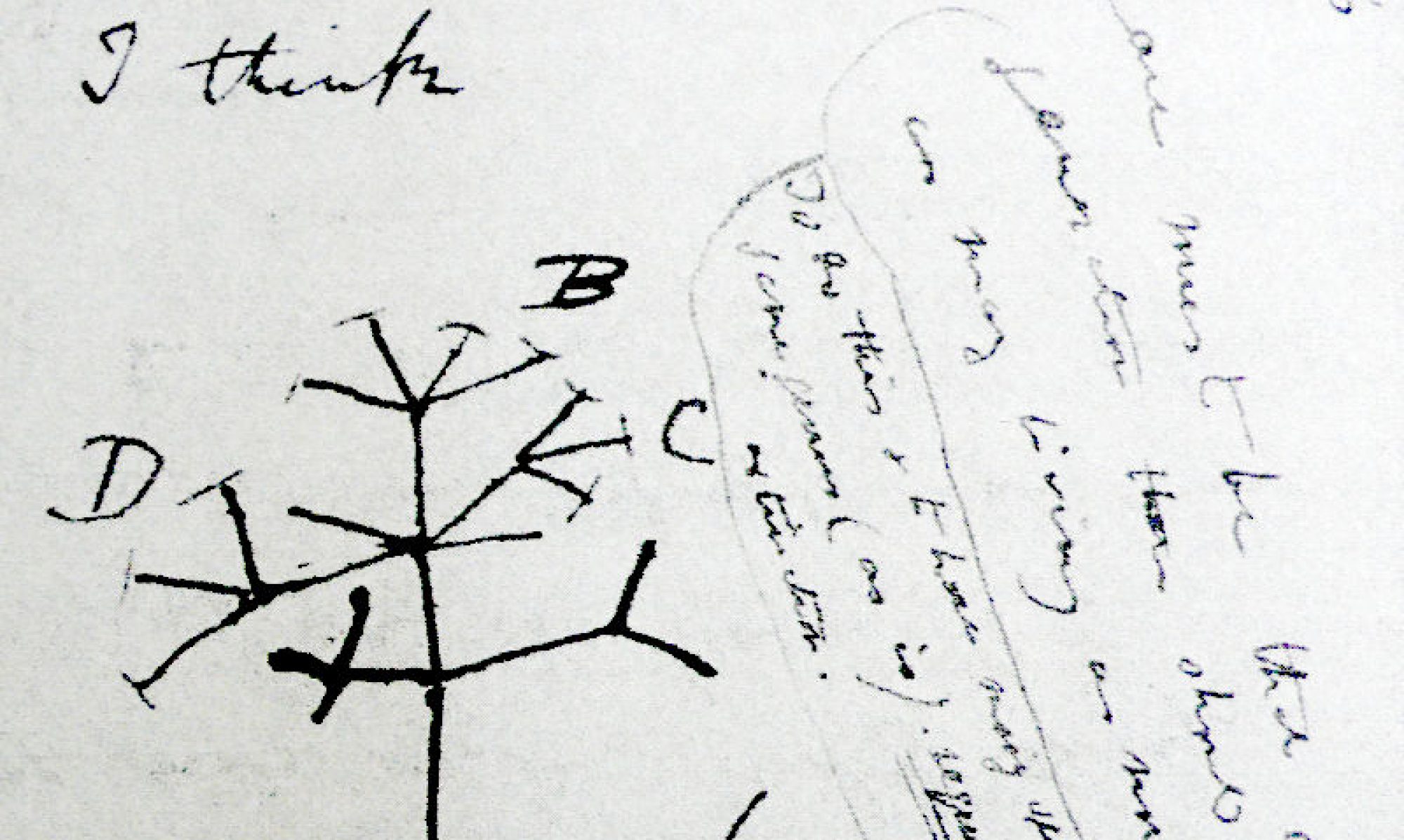By: Patrick McLaughlin, Natasha Moniz, and Emma Tedeschi (Stonehill College, BIO323: Evolution, Spring 2022)
Crypsis, another term for camouflage, is a strategy that many organisms use to protect themselves from predators. Many organisms perform a process known as ‘environmental matching’, which is when an organism changes the color of their skin to match their habitat. Disruptive camouflage is a specialized type of camouflage that disrupts the organism’s outline by creating false edges, making it hard for the predator to find their prey. Studies have been conducted and results have been compiled into a scientific article called “Rapid Body Color Change Provides Lizards with Facultative Crypsis in the Eyes of their Avian Predators,” with research done by Kelly Lin Wuthrich, Amber Nagel, and Lindsey Swierk. This research has helped with understanding the ability of organisms to be able to rapidly change their body color and its effects on their survival. The experiments were conducted using receiver visual models, digital image analysis, and spectrophotometric tests. However, researchers have yet to reveal if rapid color change can alter the whole color of the body or patterns of an organism. When gathering research, many factors need to be taken into consideration, such as the predators’ visual systems, the rapidity of the color change, and the variety of microhabitats. Anolis lizards, or anoles, are known for their rapid color-changing abilities. Some species can change colors within minutes, going from light to dark and vice-versa. However, it has been discovered that going from dark to light seems to be more difficult for an organism than going from light to dark- it is more time-consuming. The researchers tested whether rapid body color change in water anoles (Anolis aquaticus) could provide benefits to the organism with proper camouflage between different microhabitats.
Listen now and read more below:
In this study, the researchers were analyzing whether whole-body-color-changing camouflages animals from their avian predators. They also attempted to determine if such animals could switch between blending in with their background and making it difficult to distinguish their outlines. The researchers conducted their study along the shores and rocky islands of Coto Brus county, Costa Rica. The animal that they were observing was the water anole (Anolis aquaticus). They captured 82 lizards, and randomly assigned each to one of three different types of microhabitats based on the different areas where the anoles could be found: solid-colored areas between boulders; multicolored, out-in-the-open spaces such as walls and on top of boulders; and a solid-colored, exposed wall as a control. The anoles were tethered within each site and were undisturbed for one hour. After this, the scientists immediately measured the lizard’s temperature at three different spots on its back, then photographed the lizard from the top and side angles against a white background. They used these photographs to measure the change in color, pattern matching, and outline disruption for each lizard.

The results showed that the lizard’s habitat did affect color matching and outline disruption. Anoles in the unexposed, solid-colored microhabitats matched their environment better than those in the exposed, multicolored microhabitats. The anoles in the unexposed, solid-colored microhabitats matched better from the top view, but not the side view, compared to the exposed solid-colored microhabitat. Treatment did not appear to cause any significant change in pattern matching.
The scientists were able to conclude that rapid color change can provide animals with protective camouflage into surrounding microhabitats, ultimately helping with survival. This allows the animals to protect themselves from predators. They measured the animals’ ability to color match, pattern match, and edge match. It was found that lizards made up of one color demonstrate better color-matching skills than those who have many colors or patterns on their skin. Results suggest that the level of microhabitat exposure plays a role in creating the false edges of an organism making it harder to see because different regions of the body can camouflage differently. And lastly, color change can help organisms survive and balance the levels of natural or sexual selection. This allowed us to conclude that rapid body color change is important and critical to the survival of certain species, specifically water anoles.
Article: Wuthrich, K.L., A. Nagel, and L. Swierk. 2022. Rapid Body Color Change Provides Lizards with Facultative Crypsis in the Eyes of Their Avian Predators. The American Naturalist 199: 277–290. https://doi.org/10.1086/717678
